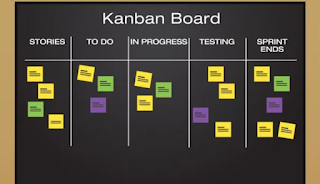Three Days with Google Chart API and .NET 2.0: A Love-Hate Story
I just spent three full days wrestling with the Google Chart API inside a .NET 2.0 web app. What I learned? I have to share — keeping this to myself would be a digital crime.
Here’s the hard truth: Google Chart API and .NET 2.0 don’t play nice together.
Why?
Because .NET 2.0 has zero built-in JSON support, and the Google Chart API lives on JSON. You can probably hack something together with custom parsers or third-party libraries — but if you're on a deadline (like I was), that’s a rabbit hole you don’t want to fall into.
But I didn’t walk away empty-handed.
The Workaround That Saved Me
If you’re stuck maintaining a legacy .NET 2.0 app and need Google Charts today, here’s the least painful path:
Pre-render chart URLs server-side using query strings.
Yes — old-school, but 100% compatible.
Instead of sending JSON payloads, construct the full chart URL manually using the [Image Chart API (deprecated but still functional)](https://developers.google.com/chart/image/docs/making_charts) or switch to the modern Google Charts loader with `<img>` tags.
Example (VB.NET / C# .NET 2.0):
string chartUrl = "https://chart.googleapis.com/chart?"
+ "cht=p3" // pie chart
+ "&chs=500x300"
+ "&chd=t:60,25,15"
+ "&chl=Sales|Marketing|Support"
+ "&chtt=Team+Performance";
imgChart.ImageUrl = chartUrl;
No JSON. No JavaScript required on the server. Just a plain image tag.
It’s not fancy. It’s not interactive.
But it works — reliably — in .NET 2.0.
---
Final Takeaway
If you control the stack, upgrade past .NET 2.0 (please).
If you’re in legacy hell like me — embrace the query-string life.
Sometimes the oldest tools are the most reliable.
Drop a comment if you’ve survived .NET 2.0 integration nightmares — I need to know I’m not alone.


